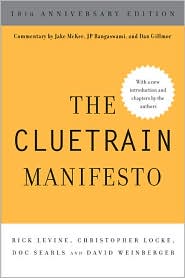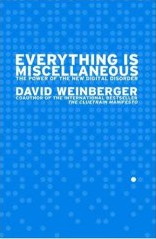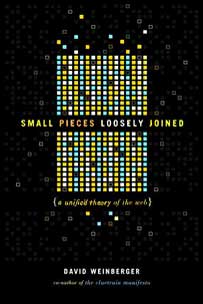April 29, 2018
Live, from a comet!
This is the comet 67P/Churyumov-Gerasimenko as seen from the European Space Agency’s Rosetta flyby.
The video was put together via crowd-sourcing.
A reliable source tells me that it is not snowing on the comet. Rather, what you’re seeing is dust and star streaks.
Can you imagine telling someone that this would be possible not so very long ago?








